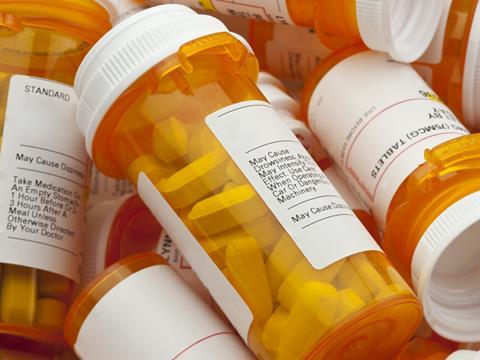
Following the tragic death of Natasha Ednan-Laperouse in 2016, Pret a Manger CEO Clive Schlee announced new measures around allergy information on labelling to help prevent anything similar happening again in the future. By doing this, Pret has arguably moved ahead of UK regulation for the food and drink sector, but although its solutions are a good first step, they are far from a long-term fix. This is an issue that every food company needs to face head-on. With media backlash and political point-scoring already underway, the communication of information is now centre stage for every boardroom.
The claim that packaging is too small is not a defence. You need only look at industries such as pharmaceuticals that often have less package real estate and yet are able to communicate all of the critical information on their products through innovative labelling solutions. Even as the ‘fresh and local’ trend so popular in food and drink has started to be felt in beauty and pharma, brands have been able to handle the difficulties it brings. And they have done all of this under the burden of – perhaps even because of – much more stringent regulation, as well as consumer demands for transparency and information, which has forced them to find practical solutions. Whatever the regulatory disparity, there are many lessons that the food industry can learn from the packaging solutions the pharmaceutical industry has employed.
In depth: Is Pret making sufficient progress with its allergy labelling overhaul?
For example, peelable and resealable labels – of the sort often found on medication containers – can carry a lot of additional product information in an easily accessible format without disrupting the branding on the packaging. They can also give products a satisfying interactivity for the consumer. Meanwhile, technology opens up a range of possibilities, in particular through the introduction of RFID (radio-frequency identification) and scannable labels. Inexpensive and mass-produced RFID tags can track products through the supply chain, reporting back in near real-time if anything like a temperature threshold has been breached, compromising the contents, for how long and at what part of the supply chain. A typical product recall can cost anywhere between $3m and $30m, something that a simple piece of technology like RFID could have a huge impact on.
NFC (near-field communication) and QR (quick response) are now ubiquitous in smartphones, with native scanning functionality for the latter now baked right into the camera apps on iOS and Android. Making allergen information available digitally by scanning a label code not only saves package real estate but also creates an entirely new consumer engagement channel through which brands can share other information and rich content. Forward-looking brands will make food safety just one element of product-centred consumer engagement.
What happened in 2016 was a tragedy. The measures Pret has introduced should have taken place years ago. It is now up to the food industry to respond appropriately, taking the initiative rather than waiting for change to be forced upon them and suffering consequences such as penalties, fines and poor publicity. Embracing the lessons from the pharmaceuticals industry and the potential of technology could set Pret and others up to lead the sector on this issue.









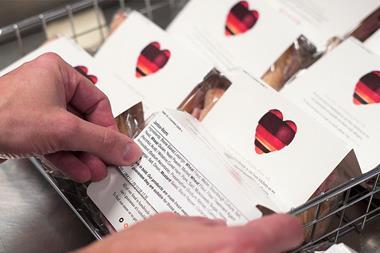


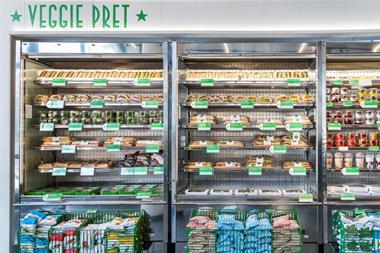


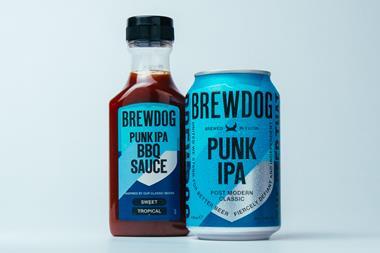

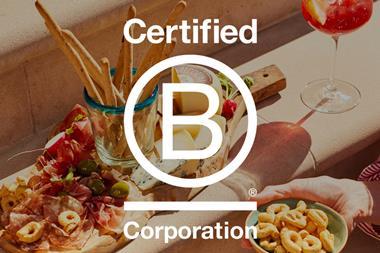

1 Readers' comment